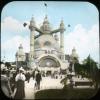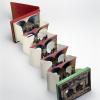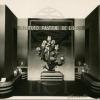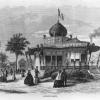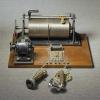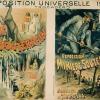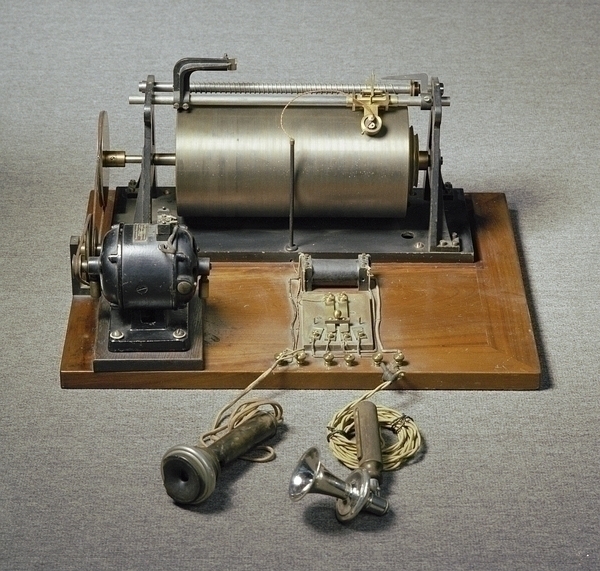Recording the past
The universal expositions celebrated and promoted the supremacy of capitalism, liberal democracy, and white racial supremacy.
Many contemporary historians have noted that the museums, department stores and fairs of the 1800s became important places for modeling ideas of power in society. Heads of sate certainly played an important role in all of the worlds fairs. From the first exhibition in London, which was opened by Queen Victoria, all subsequent exhibitions attracted similar attentions of kings, princes, and presidents.
By visiting the national exhibits, they demonstrated their understanding of the importance the industry had in the emerging world of global connections. By visiting individual inventors presenting their novelties, they bestowed recognition and in some cases undoubtedly helped to promote certain inventions.
The most notable example was at the Paris exposition in 1900, when the Austrian emperor Franz Josef met Valdemar Poulsen, the Danish inventor of telegraphon, the prototype for modern tape recorder. The invention employed a steel wire instead of the magnetic tape that modern versions used, but the working principle was strictly the same.
The emperor recorded his wishes for the inventor on the telegraphon itself. This is believed to be the oldest preserved recording on magnetic media.
 Previous Story
Next Story
Previous Story
Next Story
How to cite this page
Slawomir Lotysz, 'Recording the past', Inventing Europe, http://www.inventingeurope.eu/story/recording-the-past
Sources
- Thompson, J.M. Visions of the Future: Physics and Electronics. Cambridge, UK: Cambridge University Press, 2001.





